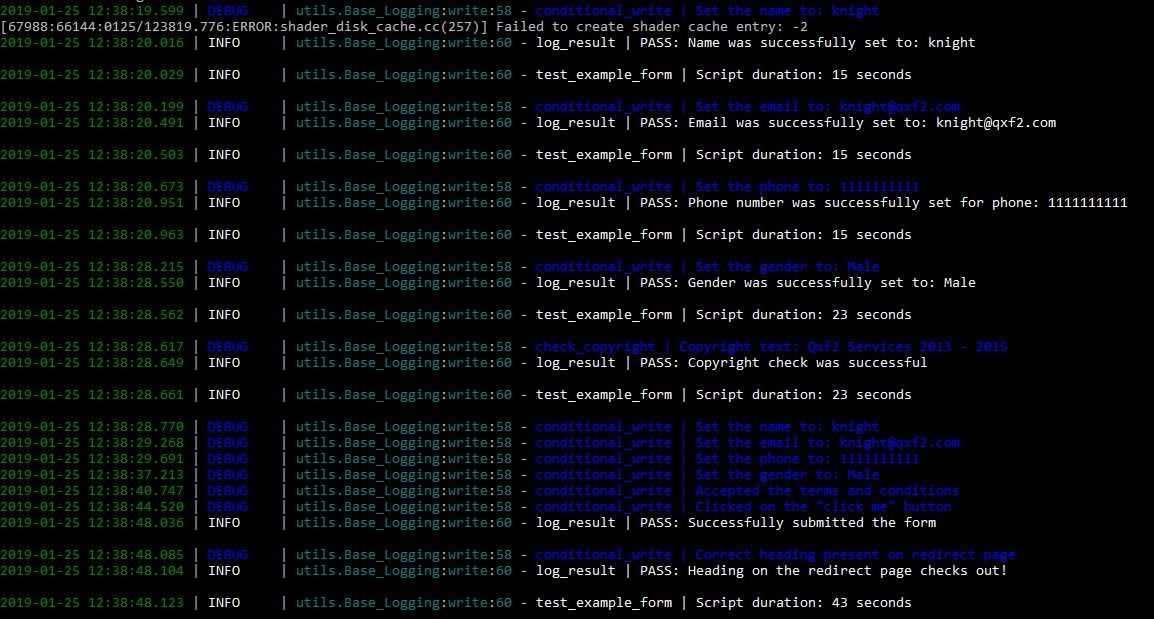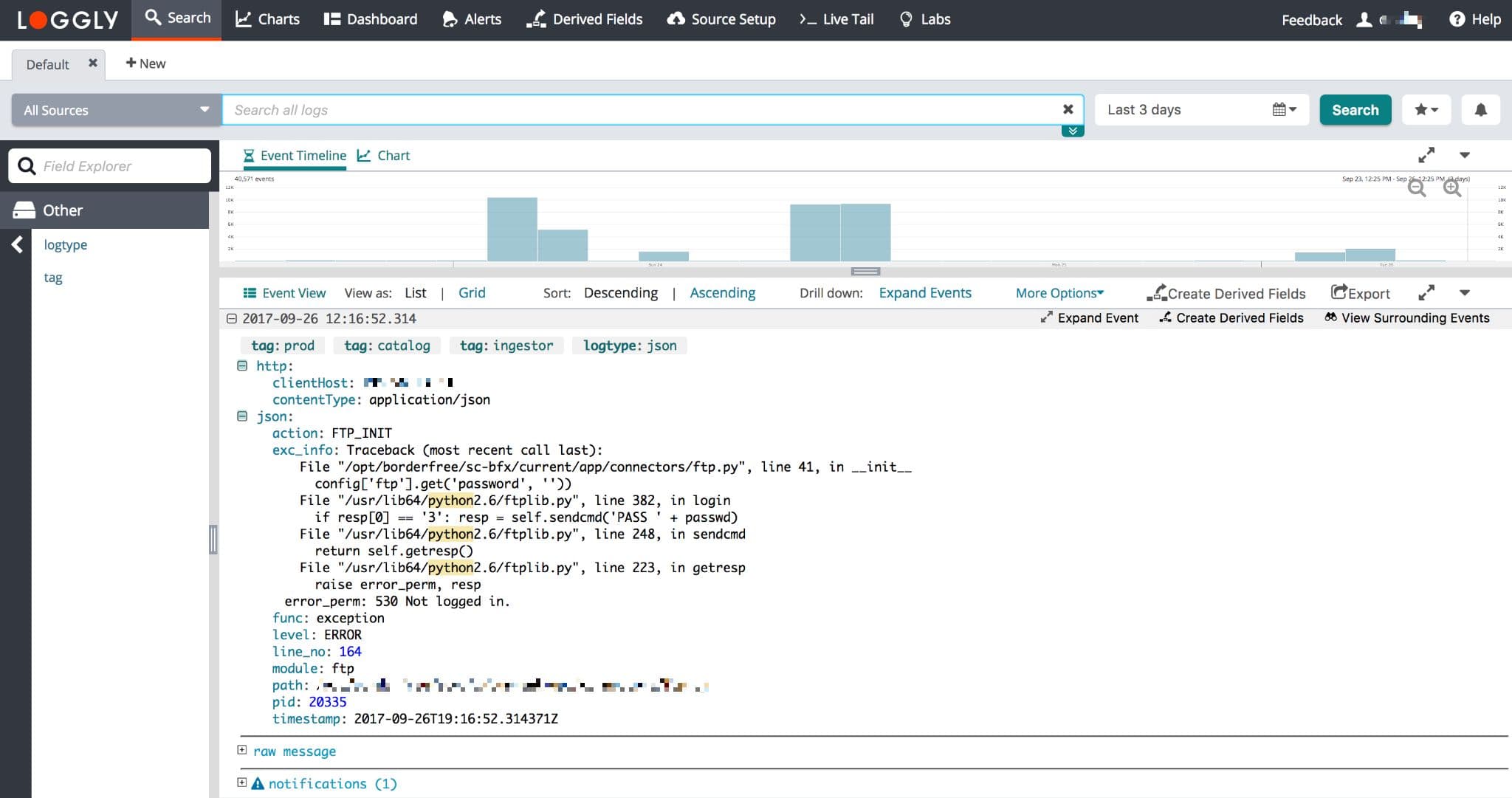

Since the logging module only captures WARNING and higher-level logs by default, you may be lacking visibility into lower-priority logs that can be useful for conducting a root cause analysis.
Custom formatter python logging how to#
In the following section, we’ll show you how to customize this to include timestamps and other information that is useful for troubleshooting.

format: by default, the logging library will log messages in the following format:.Unless you specify otherwise, the logging library will use a StreamHandler to direct log messages to sys.stderr (usually the console). handler: determines where to route your logs.By default, the level is set to WARNING, meaning that Python’s logging module will filter out any DEBUG or INFO messages. In order of increasing severity, the available log levels are: DEBUG, INFO, WARNING, ERROR, and CRITICAL. level: the minimum priority level of messages to log.Three of the main parameters of basicConfig() are: If you’d like to get started with one of those methods, we recommend skipping directly to that section. Therefore, most applications (including web frameworks like Django) automatically use file-based or dictionary-based logging configuration instead. However, the Python documentation recommends creating a logger for each module in your application-and it can be difficult to configure a logger-per-module setup using basicConfig() alone. The logging module’s basicConfig() method is the quickest way to configure the desired behavior of your logger. The logging module is included in Python’s standard library, which means that you can start using it without installing anything. Format your logs in JSON and centralize them for more effective troubleshooting.Incorporate exception handling and tracebacks in your logs.Configure a custom setup that involves multiple loggers and destinations.Customize the priority level and destination of your logs.Whether you’re just getting started or already using Python’s logging module, this guide will show you how to configure this module to log all the data you need, route it to your desired destinations, and centralize your logs to get deeper insights into your Python applications. Python’s built-in logging module is designed to give you critical visibility into your applications with minimal setup.


 0 kommentar(er)
0 kommentar(er)
